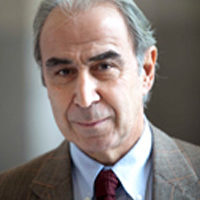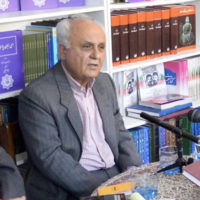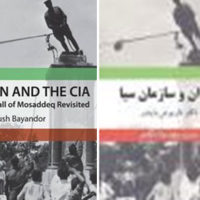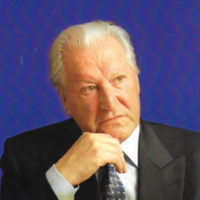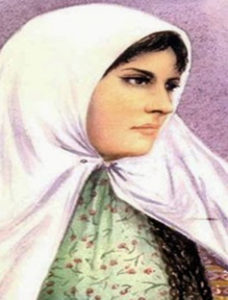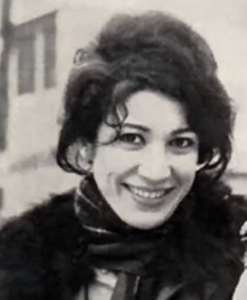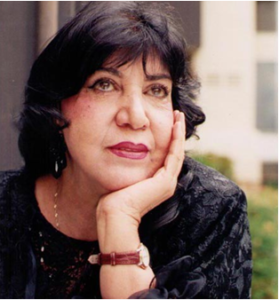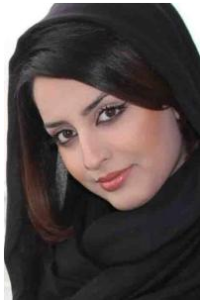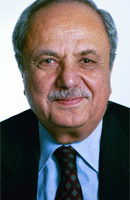
Professeur Mohammad-Reza Djalili
Politologue spécialiste du Moyen-Orient et de l’Asie centrale ; professeur émérite associé à L’Institut de hautes études internationales et du développement (IHEID; en anglais Graduate Institute of International and Development Studies). Professeur Djalili est l’auteur d’une vingtaine d’ouvrages ainsi que de plusieurs douzaines d’articles, publiés par des revues académique spécialisées. Pour une liste exhaustive, voir http://www.bibliomonde.com/auteur/mohammad-reza-djalili-1431.html Lire plus …
